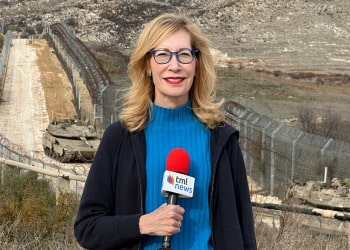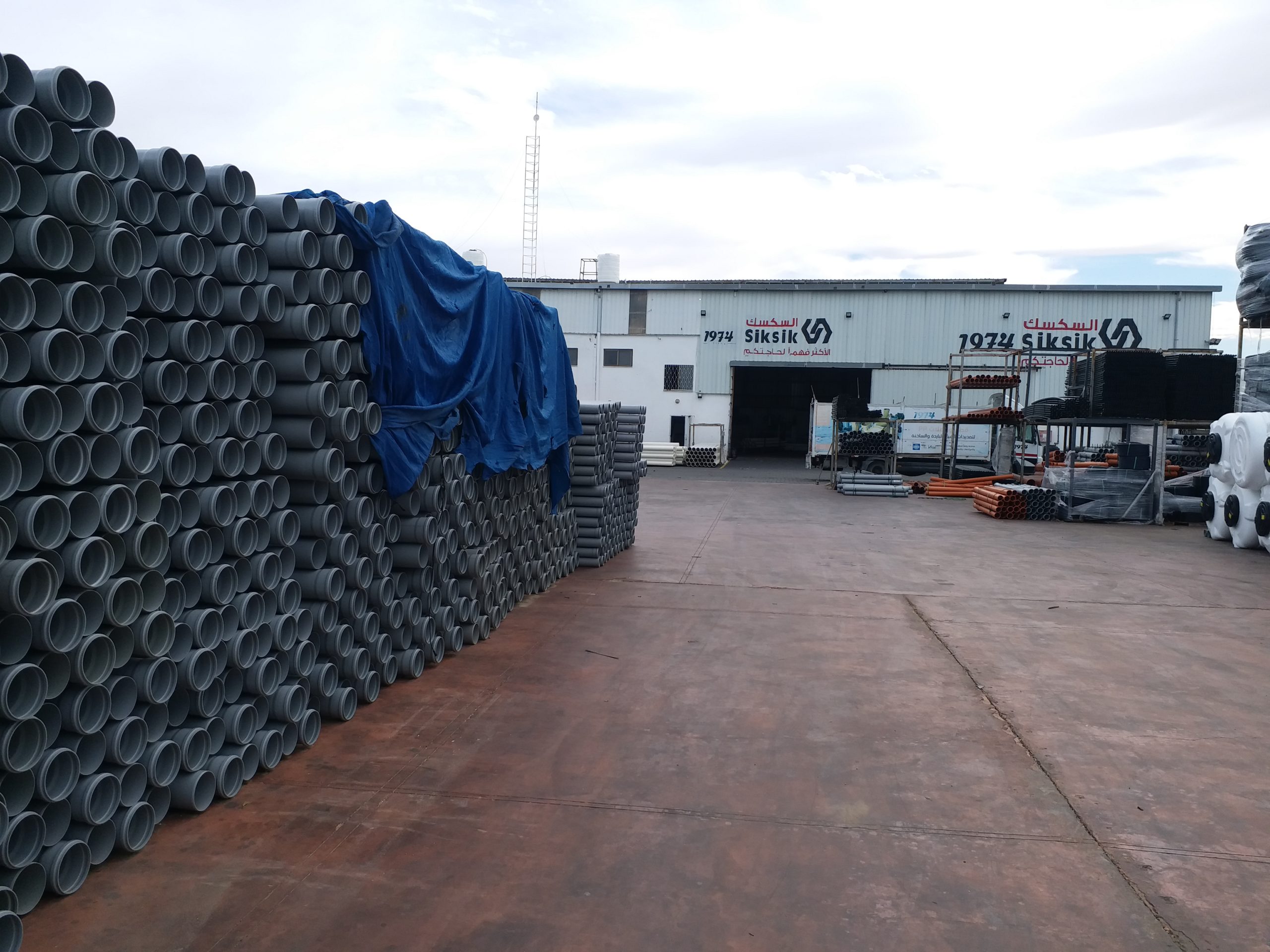[Gaza City] In an effort to ameliorate the constant power outages plaguing the Gaza Strip, Palestinian public and private bodies have signed an agreement to facilitate the generation of 7 megawatts of electricity from solar energy in Gaza Industrial City, the industrial zone adjacent to al-Montar, or the Karni crossing.
The Palestinian Industrial Estates and Free Zones Authority, which operates under the Palestinian Ministry of National Economy; and Palestine Real Estate Investment Co. (PRICO), a subsidiary of the Palestine Development and Investment Co. (PADICO) investment holding group, signed a Memorandum of Understanding on Monday for the $10 million initiative.
Solar panels will be installed on the rooftops of the factories and warehouses in the industrial zone, located on the eastern borders of Gaza City. It will be the largest solar energy project in the Palestinian territories; more than 21,000 solar cells will be installed on an area of approximately 64,000 square meters, PRICO says on its website.
“The implementation of the project started in 2019, using the latest technologies and international specifications in the field of solar energy projects, and it was also equipped with the latest monitoring and remote-control systems to ensure effective operation during the coming years,” according to the statement.
The importance of this project, according to those working on it, lies in the fact that it will support the economy in the Gaza Strip, as it will encourage and develop industries in Gaza Industrial City and will directly benefit owners of factories and industrial and commercial companies by providing electricity around the clock, at a cost less than the approved tariff.
Farid al-Qeeq, the investment committee head who represented PADICO in the signature meeting, told The Media Line that “this project will provide electric power for 0.6 shekels ($0.18) per kilowatt-hour instead of 0.8 shekels ($0.24)/kWh.”
As a result, production costs will be reduced and the prices of products manufactured in Gaza Industrial City will decrease, Qeeq believes.
The industrial sector will not be the only beneficiary of the initiative.
“This project is designed for Gaza Industrial City and aims to provide power for all companies and industrial facilities there, but given the fact that it generates 7.3 MW [which is nearly twice the industrial zone’s needs], excess electric power will go to Gaza Electricity Distribution Corporation (GEDCO), which will partially improve the situation regarding the power cuts,” Qeeq said.
This holiday season, give to:
Truth and understanding
The Media Line's intrepid correspondents are in Israel, Gaza, Lebanon, Syria and Pakistan providing first-person reporting.
They all said they cover it.
We see it.
We report with just one agenda: the truth.


From 1,000 workers each day, we expect a rise to 2,000 workers each day due to this project
Bajis al-Dalou, head of the investment department at the industrial zone, explained the process to The Media Line: “Since the industrial city will be producing extra power during the daytime, solar panels there will provide GEDCO with [the excess] power, and GEDCO will supply the industrial city at night. This way, owners of industrial facilities will receive sustainable service and additional investment will be attracted.”
Dalou expects a spike in employment in Gaza Industrial City. “From 1,000 workers each day, we expect a rise to 2,000 workers each day due to this project,” he said.
“According to plans, we seek to deliver Gaza Industrial City to a state of full operation within three years, which will return its production cycle to its former prosperity,” Qeeq said.
More than 52 industrial facilities inside the industrial zone will benefit from the solar project, most notably the Bashir Siksik Co. plumbing and tile firm, which is the zone’s largest power consumer.
Facing power cuts for more than 12 hours a day, we had to pay double costs for alternative electric generators. Sometimes we had to lay off workers. If we use solar energy, we might at least be able to keep our staff
Ibrahim Hassouna, plant manager at Siksik, told The Media Line that the project “will significantly reduce production costs, which means flourishing production in the future.”
“Facing power cuts for more than 12 hours a day, we had to pay double costs for alternative electric generators. Sometimes we had to lay off workers. If we use solar energy, we might at least be able to keep our staff,” Hassouna said.
Walid Alwadiya, general manager of the Sarayo Alwadiya Group, which produces food products, said the project will help the company’s bottom line. “This project will increase our profits and our competitiveness as well,” he told The Media Line.
Despite the many advantages of the project, the Gaza Strip will need much more than a solar energy project to emerge from its dire straits.
“The shattered economy of the Strip is the key factor that affects our business. I think this is the worst period we’ve seen in years,” Alwadiya said.

Bashir Siksik Co. plumbing and tile firm is the Gaza industrial zone’s largest power consumer. (Hazem Albaz)
Mazen Alijla, a Gaza-based economist, describes the current reality in the enclave as catastrophic.
“We are living a catastrophe here, especially with the coming of COVID-19 and with its disastrous implications for the Palestinian economy due to the measures taken to stem the outbreak,” he told the Media Line.
“According to the World Bank, there are expectations of a sharp fall in GDP of 7% to 11% and a rise of 60% in the poverty rate, which is logical given the fact that tens of thousands of businesses and industrial facilities had been shut down during the pandemic period,” Alijla said.
“Even those who managed to stay open haven’t made significant profits, because of the extremely weak purchasing power resulting from the crisis of PA employees who haven’t received their full salaries since May,” he added.